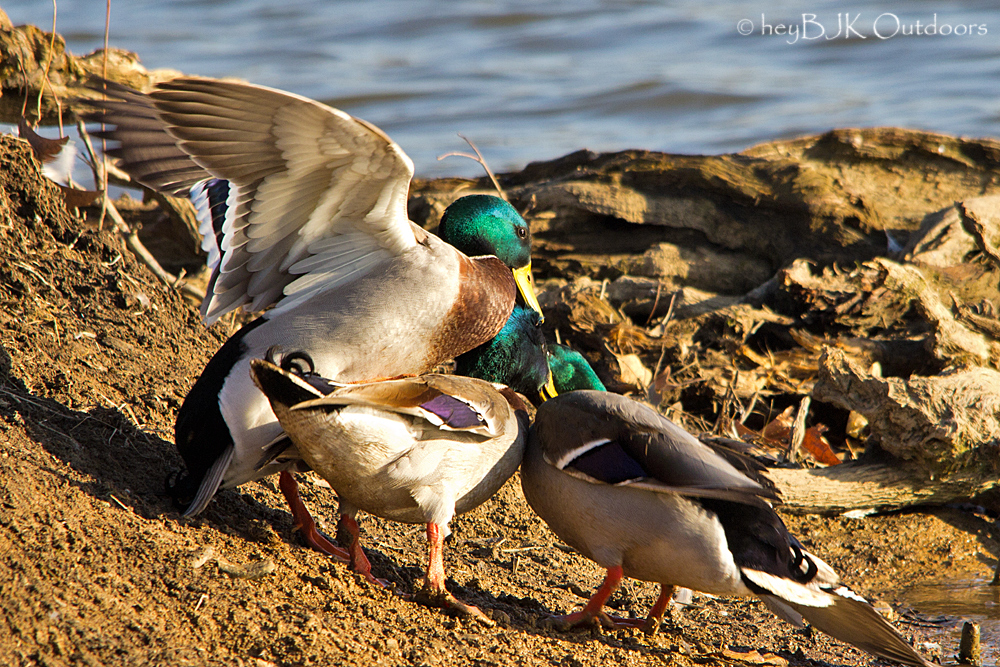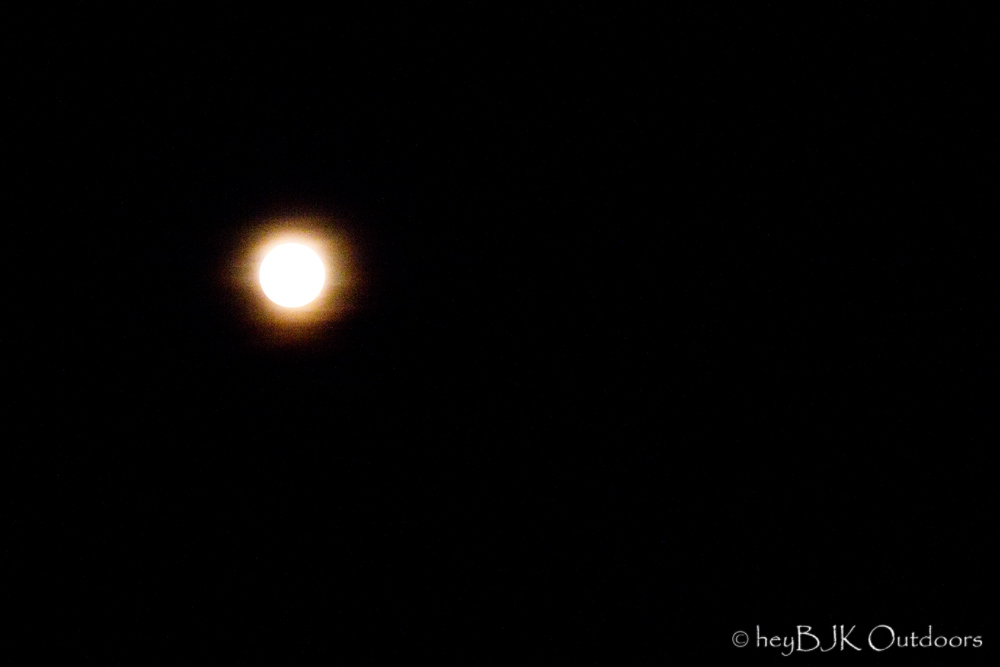Photography can be very simple, yet complex at the same time. It can be interpreted in so many ways. For some people it's a "hobby", for others it's how they make a living. And then there are the folks who fall somewhere in between. No matter where you fall on the scale, having a passion for what you do has to be a part of it. More on that in a bit. I don't really have an outline of what I want to say other than to share some thoughts and things I've learned. This is not a technical how-to post and, as people who know me can attest, I don't think of my own photos as all that good. I'm always learning and have much to learn. I just had a few thoughts bouncing around in my head and I wanted to share them with anyone who cares to use up two minutes of their time.
I'll start by saying you should know your equipment, but don't get hung up on equipment. What do I mean by that? It doesn't matter what you use to take your photos, but it's important to be intimately familiar with your gear. Owner's manuals are some of the most boring pieces of literature to read. On the other hand, they can be very useful. When I bought my last camera, I forced myself to read through the manual several times even though I was somewhat familiar with the system. I didn't do it all at once, but I read through it several times over the course of a few weeks. It paid off because I picked up some things I wouldn't have figured out until much later. Being intimately familiar with your camera means being able to make adjustments and changes without dropping the camera from your eye. Do you know how to change exposure, shutter speed, or aperture settings without looking at the menu? I realize some of this isn't possible with some cameras, but if you use a DSLR, you should know the shortcuts available on your particular camera. Cameras are tools, nothing more. The more familiar you are with your tools, the better you will be able to use them.
I said you should know your equipment, but not get hung up on equipment. Don't fall into the trap of thinking you need the most expensive camera or the biggest lenses to be a good photographer. That's hogwash. The most expensive camera in the world can't walk outside and take a picture by itself. Like I said, cameras are just tools. Do some cameras have more features and functions than others? Of course. But that doesn't mean the photos are better. Like all tools, they're only as good as the person using them. If a novice starts out with a top of the line Canon or Nikon, his or her photos are not automatically publication worthy just because the camera cost thousands of dollars. It doesn't work that way. The best camera you have is the one you have. Learn it intimately and your photos will reflect that. There's nothing wrong with having expensive gear. Upgrading and adding equipment is fine and a natural progression. Just don't get hung up on seeing what other photographers use and think you have to have the same gear in order to be successful.
Another trap I think we sometimes fall into is seeing the photographs of other people and wishing ours were like theirs. Don't start comparing your work to the work of others to the point that you get discouraged. It's fine to look at the photos of others to find inspiration or ways to improve yourself, but if you spend too much time looking at other photographer's work instead of taking your own photos, you're doing yourself a disservice. Photography is about you on a personal level. Don't take pictures based on what you think other people are going to like, take them based on what you like. Unless you're being paid by someone for a specific assignment, it shouldn't matter what anyone else thinks.
This brings me to what I think is the most important element in photography and what I mentioned at the beginning - passion. Shoot your passion. Whatever that is. I have a passion for wildlife, nature, and outdoor photography. It's what I enjoy. Some people have a very specific passion. For example, some photographers enjoy shooting only birds, or landscapes, or flowers. That's what they enjoy. Most people already know what their photography passion is. If you don't, take time to figure it out. If you are passionate about something, you will enjoy shooting it and your photos will be much more meaningful to you.
Having passion in your photography is important. That doesn't mean you can't occasionally step outside your passion zone and shoot something different. I've shot some cityscapes, other non-wildlife subjects, and, a long time ago, did weddings. I found out quickly I didn't like shooting weddings. There was too much stress. I learned some things, though, and that made me better at what I really enjoy. Don't be afraid to take on subjects that you may not particularly like. Those exercises can broaden your knowledge and skills.
Cameras and all of the associated gear are just tools. The person using them is the one who makes the photos. It's your vision, your creativity, and your passion that produce great shots. Follow your passion and shoot your passion. I've said before the more photos you take, the better your photos will become. You do have to have a desire to learn and improve. If you don't think your shots are very good, but you don't have the desire to improve, it will be a much longer process. There are lots of "rules" in photography, but a couple I truly believe in are to always have a camera with you and to take photos on a regular basis. I sometimes take pictures for no other reason than to practice. I take them and then delete them. People practice all the time for lots of different things. Photography is no different. Just because you take photos doesn't mean you have to show them to anyone or even keep them. The point is to improve and get better at whatever your photography passion is.
Many of us participate in link-ups or memes and those are great ways to practice skills. And why not give yourself an assignment? If you're having trouble finding something to photograph, challenge yourself. You could document the progression of something like a flower garden. Or photograph all of the historical sites in your area. Try taking pictures off all the moon phases. Visit parks or wooded areas and look for unusual trees. Make a long term goal of getting photos of all the birds common in your area. Experiment with light. Take photos early in the morning one time, mid-day another time, and in the evening to finish it off. Look at how the light changes and affects your photos at the different times. That forces you to pay attention to your camera settings and how you need to adjust them depending on the light. There are countless ways to challenge yourself and it gives you a goal to work toward and the satisfaction of completing it.
Learn your camera intimately. Don't get hung up on gear or the work of other photographers. Practice. And most importantly, shoot your passion. Photography should be enjoyable!
(On a side note, I'm going to be quite busy for the next several days and won't be blogging during that time. Unfortunately, it means I won't be able to visit your blogs. I didn't want anyone to take my lack of comments over the next few days to mean I had stopped visiting their blog. I'll be back to business as usual as soon as I'm free.)




















































